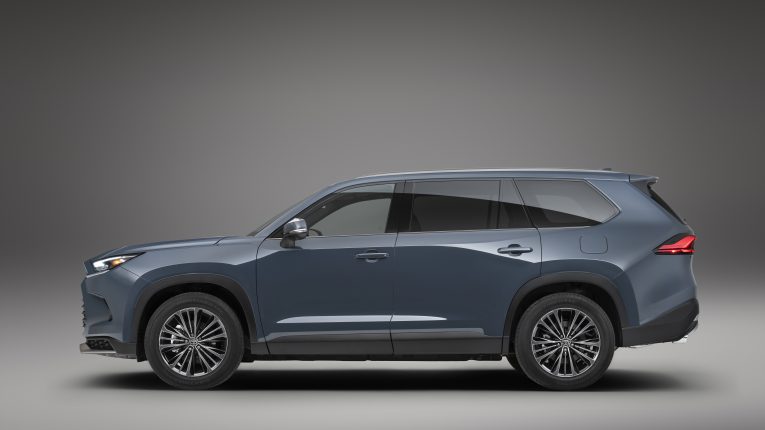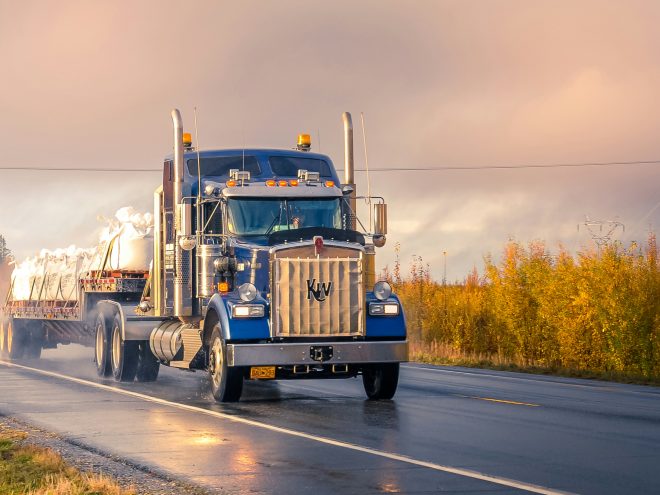
Navigating Fault in T-Bone Accidents
In the intricate landscape of traffic incidents, T-bone collisions emerge as impactful events, demanding a meticulous exploration of fault. This article delves deep into the complexities of determining fault in T-bone accidents, unraveling the causes, legal intricacies, evidence gathering, frequently asked questions, and the pivotal steps to take post-collision.
Common Causes of T-Bone Accidents
T-Bone accidents are frequently staged at intersections, where the interplay of vehicles navigating intricate traffic patterns increases the risk. Understanding the dynamics of intersections becomes pivotal to decoding the causes of T-bone collisions. These crossroads demand heightened driver vigilance, encompassing right-of-way negotiations, signal compliance, and a dance of diverse traffic flows, all contributing to the vulnerability of T-bone accidents.
A dominant cause of T-bone accidents is the failure to yield the right of way. Adhering to the obligation of yielding to other vehicles, especially at stop signs, yield signs, or during turns, is crucial. Neglecting this responsibility heightens the likelihood of T-bone collisions, underscoring the significance of respecting right-of-way rules.
Running Red Lights or Stop Signs
Disregarding traffic signals, such as running red lights or stop signs, significantly amplifies the risk of T-bone accidents. Such violations not only compromise the safety of all road users but also pave the way for severe side-impact collisions. A profound comprehension and adherence to traffic signals become paramount in averting these perilous situations.
The acceleration of speeding and reckless driving substantially contributes to the severity of T-bone collisions. These behaviors diminish a driver’s reaction time to sudden changes in traffic conditions, escalating the impact. Combating speeding and reckless driving through enforcement and education emerges as a critical strategy in minimizing the occurrence of T-bone accidents.
Legal Principles in Fault Determination
The bedrock of fault determination in T-bone accidents lies in a profound understanding and application of traffic laws and regulations. Rules regarding right of way, compliance with traffic signals, and adherence to speed limits play a pivotal role in ascertaining which party bears responsibility for the collision. A comprehensive knowledge of these laws becomes indispensable for a fair and precise assessment of fault.
All drivers are entrusted with a duty of care to operate their vehicles safely. Breaching this duty through actions like distracted or impaired driving can result in liability for T-bone accidents. Grasping the concept of duty of care becomes fundamental in evaluating the actions of drivers entangled in a collision.
Comparative Fault and Liability
Legal systems often acknowledge comparative fault, recognizing that multiple parties may share responsibility for an accident. Determining the percentage of fault each party holds becomes crucial in allocating liability. This principle allows for a nuanced examination, acknowledging that complex situations may involve multiple contributing factors.
Eyewitness testimony stands as invaluable evidence in unraveling the circumstances of a T-bone accident. Witnesses provide perspectives on driver actions, traffic signal compliance, and other critical details. The collection of accurate and detailed eyewitness accounts enriches the evidence pool for a comprehensive fault determination.
A compelling piece of the evidentiary puzzle, traffic camera footage offers an unbiased account of the events leading up to the collision. Accessing and analyzing this footage significantly contributes to the accurate determination of fault, capturing details that might be overlooked or disputed.
Official police reports serve as crucial documentation of the accident’s details, encompassing statements from involved parties, witness testimonies, and issued citations. A foundational record, police reports are relied upon by insurance companies and legal professionals in the assessment of fault.
Examining the damage sustained by vehicles involved aids in reconstructing the sequence of events leading to the T-bone collision. Scrutinizing impact points, damage extent, and vehicle positions provides valuable clues for fault determination. Vehicle damage assessment complements other forms of evidence, creating a comprehensive understanding of the accident.
In intricate T-bone accident cases, expert witnesses contribute professional opinions on factors like speed, visibility, and collision dynamics. Their testimony enhances the evidence presented, facilitating a more thorough and nuanced analysis of the circumstances surrounding the collision.
Steps to Take After a T-Bone Accident
Reporting the accident to law enforcement ensures an official record is created. The responding officers gather information, assess the scene, and document their findings in an official police report—a key piece of evidence in fault determination.
Prioritizing health is paramount after a T-bone accident. Seeking medical attention, even for seemingly minor injuries, is crucial. Prompt medical care not only addresses immediate concerns but also creates a medical record that may be used as evidence in the event of legal proceedings.
Photographing the accident scene, vehicle damage, and relevant details is essential for evidence preservation. Photographic evidence provides a visual record that can be referenced during fault determination discussions with insurance companies or in legal proceedings.
Exchanging Information with the Other Party
Exchange of contact and insurance information with the other party involved in the accident is vital for insurance claims and facilitates communication between parties and their respective legal representatives, if needed.
Legal Assistance in T-Bone Accident Cases
Consulting with a Nashville car accident lawyer is advisable when fault is disputed or legal complexities arise. An experienced attorney provides guidance on the legal aspects of fault determination, protecting your rights throughout the process.
Attorneys analyze evidence, applicable laws, and expert opinions to assess fault and liability. Their legal expertise allows for a thorough evaluation of the case, ensuring all relevant factors are considered in determining responsibility.









